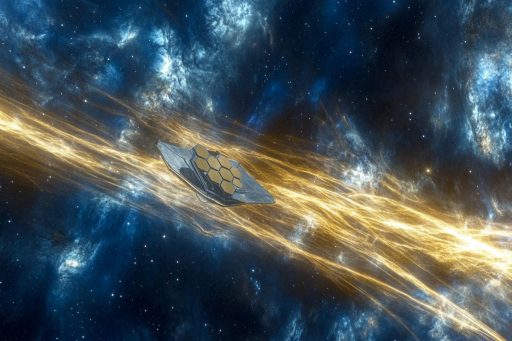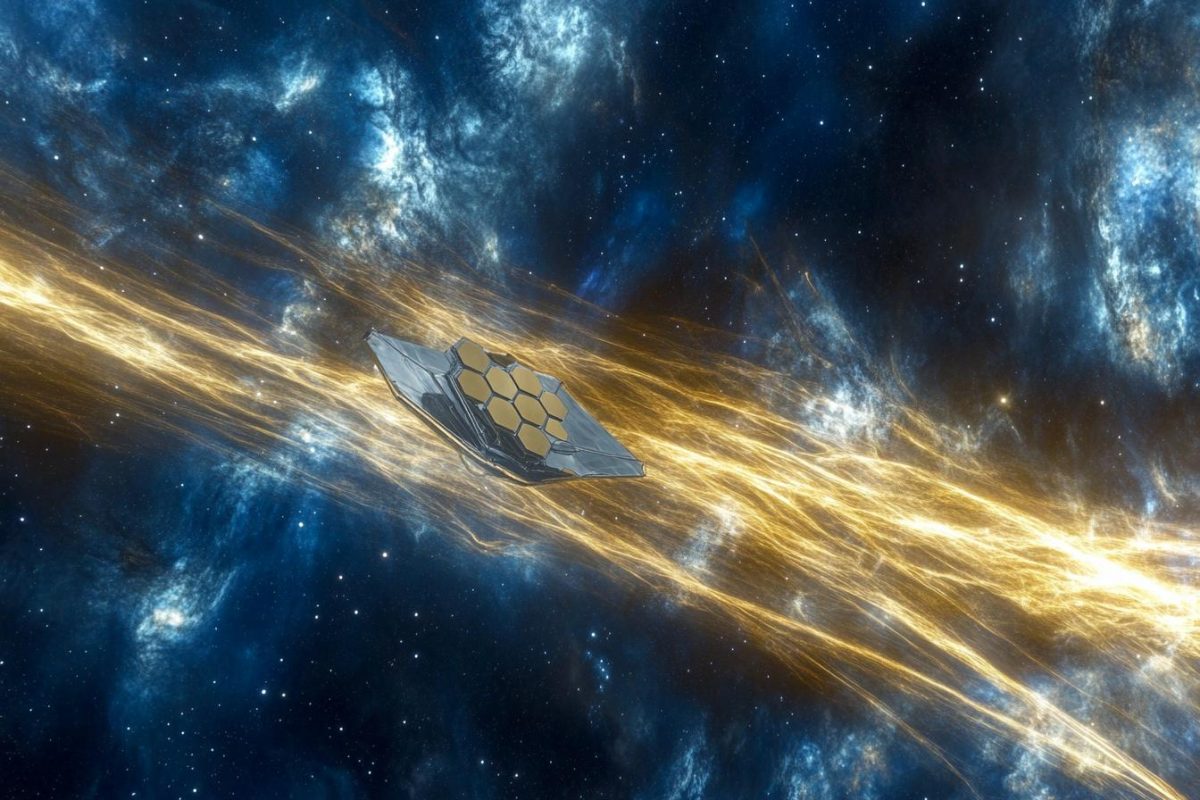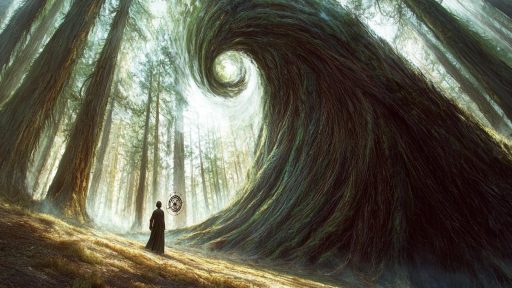
The James Webb Space Telescope has transformed our understanding of the universe in ways we never imagined. With its unmatched sensitivity and deep-space reach, it peers farther and clearer than any telescope before it, uncovering mysteries hidden since the dawn of time. From baby galaxies to alien atmospheres, each revelation feels like something out of science fiction. But this is real—and it’s only the beginning.
Earliest Galaxies Ever Seen

The Webb telescope shattered expectations by capturing galaxies that formed just a few hundred million years after the Big Bang. These faint, ancient structures are rewriting the timeline of cosmic evolution. Astronomers had to double-check the data—it seemed almost impossible that such mature-looking galaxies could exist so early. Yet, there they were, glowing in the telescope’s golden eye.
A Giant Exoplanet’s Unusual Atmosphere

When Webb turned its gaze to a distant exoplanet, it revealed something startling—clouds made of silicates, or tiny glass particles, swirling in high-speed winds. Scientists had never seen anything like it. This bizarre weather system challenges everything we thought we knew about planetary atmospheres. Suddenly, the idea of “Earth-like” seems far too narrow.
Carbon Dioxide Detected on a Distant World

In a historic first, Webb confirmed the presence of carbon dioxide in the atmosphere of an exoplanet nearly 700 light-years away. This milestone proves we now have the tools to examine alien worlds for signs of habitability. It’s a critical leap toward identifying planets that could support life. The search for Earth 2.0 just got real.
Peering into Stellar Nurseries

Webb captured breathtaking views inside dense stellar nurseries where stars are born. These glowing gas clouds, once hidden from view, are now seen in exquisite detail. The images reveal the chaotic, beautiful dance of gravity and matter shaping young stars. It’s like watching the universe sculpt itself in real time.
The Deepest Image of the Universe Ever Taken

In one stunning snapshot, Webb unveiled thousands of galaxies crammed into a pinprick of sky. Some of the light took over 13 billion years to reach us. This record-breaking image isn’t just beautiful—it’s a window into the earliest days of the cosmos. Every speck tells a story from long before our solar system existed.
Shocking Structure in the Cartwheel Galaxy

The telescope’s gaze into the Cartwheel Galaxy revealed a strange ringed structure more intricate than ever imagined. This galactic collision left behind shockwaves and starburst regions that defy simple explanations. Webb’s detail exposed the chaotic aftermath of cosmic violence. It’s a galaxy frozen in a moment of spectacular transformation.
First Glimpse of an Exoplanet’s Chemical Fingerprint

For the first time, Webb captured the detailed spectral fingerprint of an exoplanet’s atmosphere. It detected water vapor, clouds, and haze—all without directly imaging the planet itself. This breakthrough gives scientists a new toolkit to decode the makeup of distant worlds. It’s like reading the recipe of a planet across the stars.
A Cosmic “Question Mark” Appears

One of the strangest discoveries came in the background of an image—a reddish, twisting shape resembling a question mark. It may be two galaxies merging or something far more mysterious. Whatever it is, it became an instant symbol of how Webb constantly teases us with the unknown. The cosmos, it seems, has a sense of humor.
New Light on the Pillars of Creation

Webb’s infrared vision gave us a hauntingly detailed look at the iconic Pillars of Creation. These towering plumes of gas and dust, made famous by Hubble, now reveal newborn stars nestled deep within. The structures look almost three-dimensional, layered in luminous beauty. It’s both familiar and completely new—a cosmic masterpiece reborn.
A Galaxy with No Dark Matter?

A galaxy imaged by Webb appeared to lack dark matter entirely, throwing a wrench into prevailing theories. Since dark matter is thought to hold galaxies together, this discovery left scientists puzzled. If confirmed, it could reshape our understanding of the universe’s invisible framework. Webb may be unveiling cracks in the very foundation of physics.
Clues to Planet Formation in Protoplanetary Disks

Webb has zoomed in on dusty disks around young stars where planets are just beginning to form. These swirling rings reveal gaps, spirals, and clumps that suggest new worlds are being born. It’s a front-row seat to the earliest stages of solar systems. We’re watching cosmic creation in real-time, frame by glorious frame.
Stunning Portrait of Neptune’s Rings

For the first time in decades, Neptune’s elusive rings came into sharp focus, glowing with eerie brilliance. Webb’s infrared camera pierced the ice giant’s thick atmosphere to reveal stunning detail. Even its moon Triton shimmered in the background, reflecting the planet’s otherworldly light. It’s like rediscovering a neighbor we never really knew.
The Most Distant Active Black Hole Ever Found

Webb spotted light from the most remote actively feeding black hole yet discovered. It lies at the center of a young galaxy, gulping down matter and spitting out radiation. This ancient monster existed when the universe was barely a toddler. Its existence hints that supermassive black holes may have formed faster than we ever thought possible.
Windows into Forever

The James Webb Space Telescope is more than a scientific instrument—it’s a time machine, a reality-bender, a question-asker. Its discoveries are as much about what we don’t know as what we’ve learned. With every image it sends back, the universe grows stranger, more beautiful, and infinitely more complex. We’re not just looking at space—we’re looking into forever.





